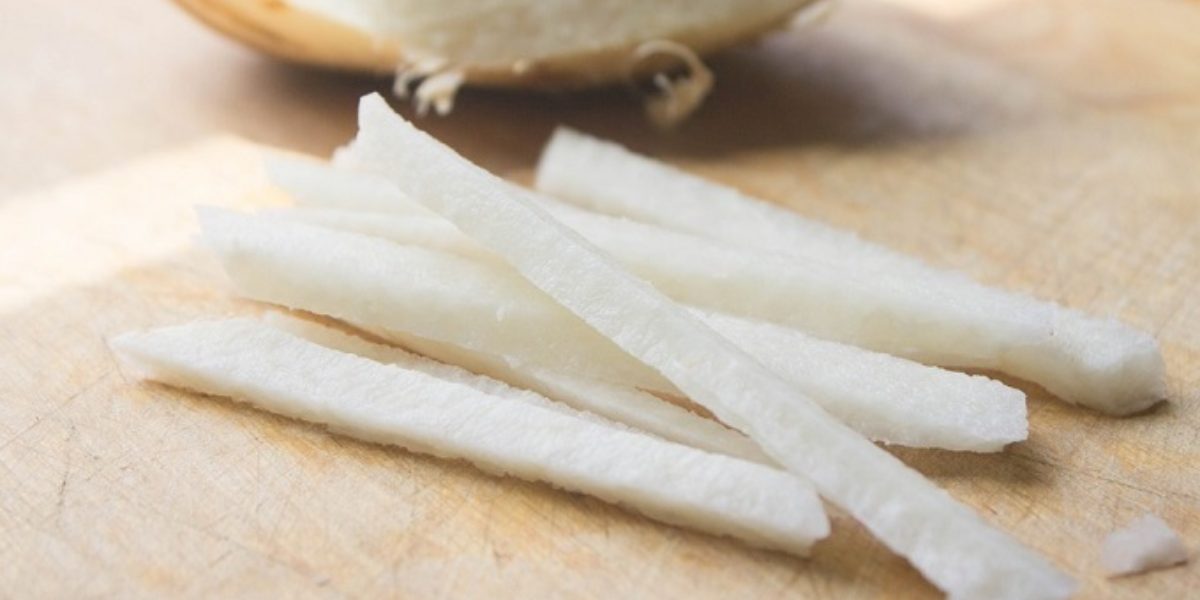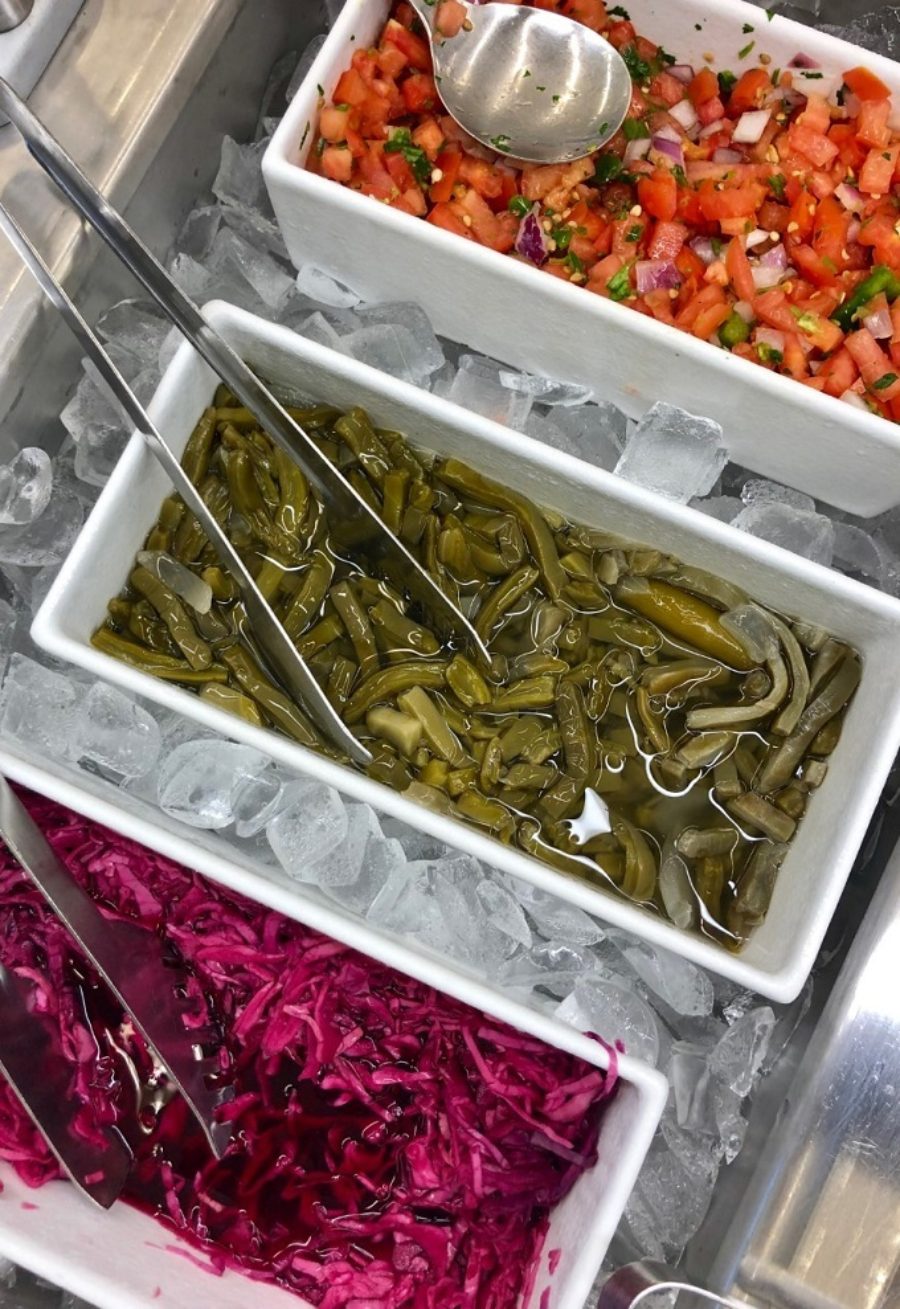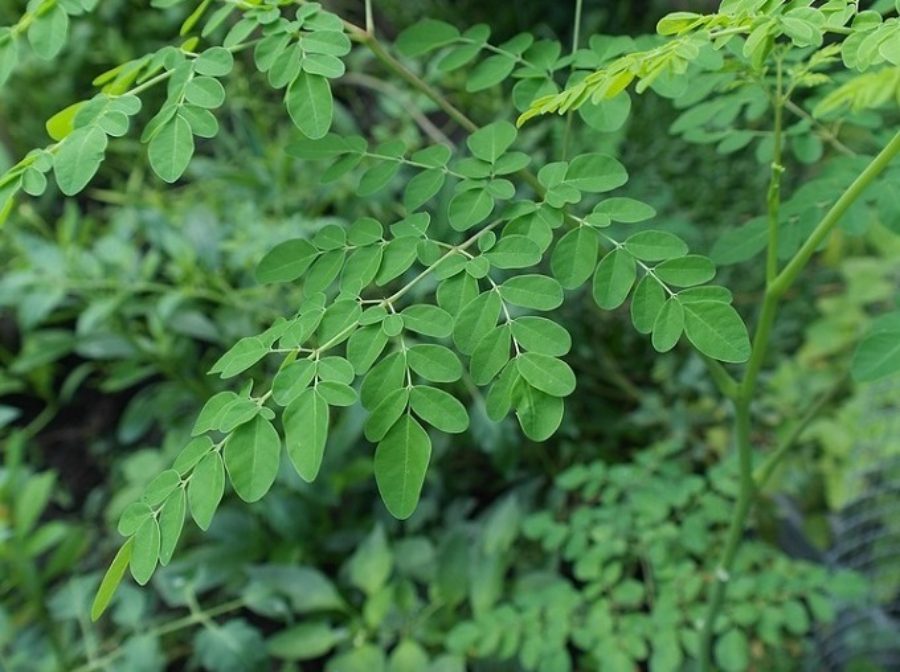
Celebrating the Functional Foods of Central and South America
When it comes to Functional Foods, the bounty that originates from Central and South America is abundant. At no surprise to many of our readers, FLIK is sharing the low down on a few nutrient powerhouses from the indigenous fruits and vegetables to incorporate into your diet.

Cactus, commonly known as nopales, is native to the Americas and is becoming more popular in Hispanic-American hybrid cuisine. These hearty pads can be described as having a silky, lemony, asparagus-like taste and work in a variety of dishes, such as burrito bowls, fresh-pressed juices, soups and stews. Nutritionally, they are low in calories and their versatility means you can fit in an extra serving of vegetables at any meal.

Jicama, sometimes referred to as a Mexican potato or yam bean, is a starchy root vegetable that tastes like a cross between a pear and a raw potato. It is low in sugar and carbohydrates and is a good source of fiber. According to the USDA, 1 cup of jicama has 6 grams of fiber and only 49 calories. Jicama is grown and used mainly in Mexico and throughout Central America where it is commonly sold on the street seasoned with lime juice and chili powder. Yum!

Moringa is a fast-growing tree that thrives in many tropical regions. The edible leaves are unusually high in protein and are typically ground into powder form for consumption. Moringa is newer to the public eye due to growing evidence of its nutritional superpowers, including anticancer and antimicrobial properties. The recommended daily serving size is 5-10 grams of Moringa powder per day, which is equal to about 2 teaspoons and can be stirred into smoothies, oatmeal, even ice cream. One 10-gram serving contains 3 grams each of protein and fiber.

Even though Tamarind looks like a bean pod, it is actually a leguminous fruit. Try saying that three times fast! Tamarind matures into a pod filled with a sweet, sour, sticky pulp that is often used as a base for candies, chutneys, and stews. A half cup of tamarind contains roughly 140 calories, three grams of fiber, and two grams of protein. Not bad for a sweet treat!
+++
What We Were Talking About in 2018: All Metrics for Success Start with Retention
At FLIK Hospitality Group we believe in great food, great service, and great people. Our wellness first approach ensures our food supports healthy and delicious choices, specially curated by our team of culinary experts and registered dietitians. At FLIK, we believe in seasonality in sourcing our ingredients and providing a customized approach to the culinary and hospitality needs of each client. Our dedication to providing quality hospitality service is unparalleled in the industry.
Have feedback or questions for our team? Email us at flikblog@compass-usa.com.
Interested in working with us? Apply today!
Written by Christine Moody, Dietetic Intern